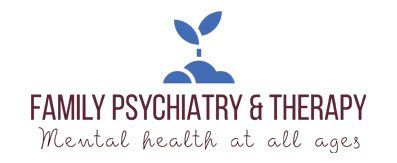The most obvious sign of attention deficit hyperactivity disorder (ADHD) in children is excessive fidgeting, affecting up to 75 percent of cases. Although it can be challenging for parents and teachers, a new research suggests that the constant movement may improve cognitive performance.
Researchers at the University of California, Davis MIND Institute analyzed the movement of pre-teens and teenagers between 10 and 17 years of age who had been diagnosed with ADHD, focusing on the link between intensity and frequency of fidgeting and accuracy on tasks that required focus and attention. They found that children who moved the most had the highest level of cognitive performance.
According to researchers, the study is the first to measure the connection between movement and task performance in ADHD on a trial-by-trial basis. To conduct the study, authors measured activity levels in 26 participants with ADHD by attaching a measurement device to their ankles. The children then completed a “flanker test” by being asked to focus on a series of arrows pointing in different directions. The test requires a high level of attention and the ability to ignore distractions.
Results showed participants who had more movement or fidgeting during testing scored significantly higher than those who moved less.
Senior study author Julie Schweitzer, a professor of psychiatry and director of the UC Davis ADHD Program told FoxNews.com that although the exact reason of the results have not been determined, they hypothesize is that it is an unconscious mechanism by the body to compensate for insufficient attention.
“Movement boosts arousal, which then increases attention. It likely occurs for tasks and situations that are either too boring or challenging,” Schweitzer said. “The movement likely increases noradrenergic and/or dopamine functioning in the brain, which then enhances attention to the target stimuli.”
Schweitzer said she suspects the study results would be the same in children younger than 10 years of age, and possibly even have a greater effect. She hopes to test that theory in future studies.
To accommodate students with ADHD, some schools use standing desks, do-it-yourself tools and stationary bikes, according to the National Education Association. The Shelton School of Dallas, Tex., released a report in February on a two-year control experiment on reducing the effects of ADHD and learning difficulties with the use of stationary bikes in the classroom. They found a significant reduction in overall hyperactivity for those with ADHD who were in the exercise group.
Students also had a positive response to exercise in the classroom and reported significant improvement in ability to focus, memory and learning.
The UC Davis MIND study results may impact they way that children with ADHD are treated, helping people recognize that although the movement may be disruptive to others it can really be helpful to the child with ADHD.
“The focus of treating a child with ADHD should be less on the hyperactivity, as it may be a booster for cognitive functioning. If a child with ADHD is moving more and not interfering with others, they should let the child move,” Schweitzer said.
The findings are published in the journal Child Neuropsychology.



